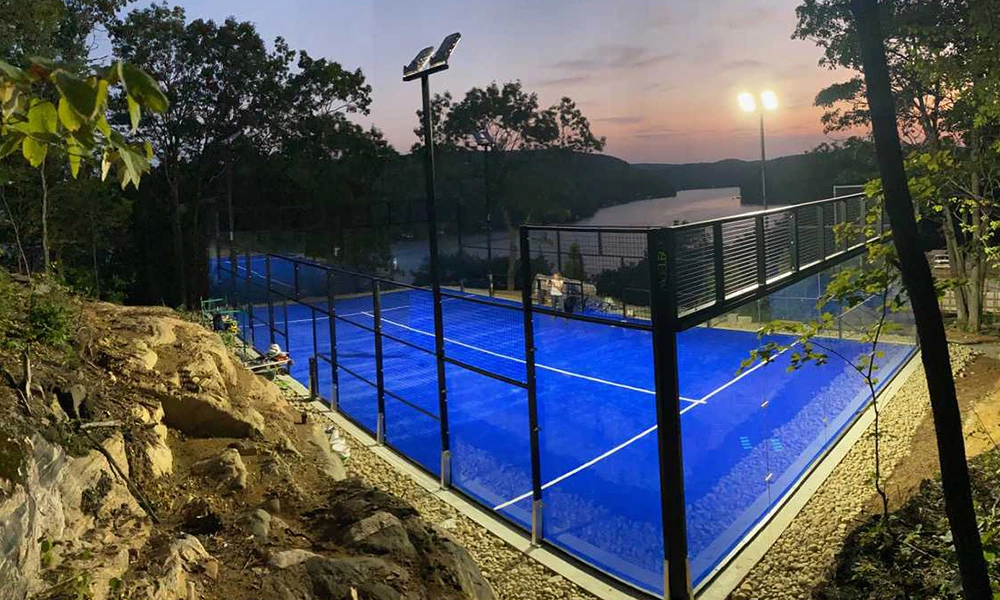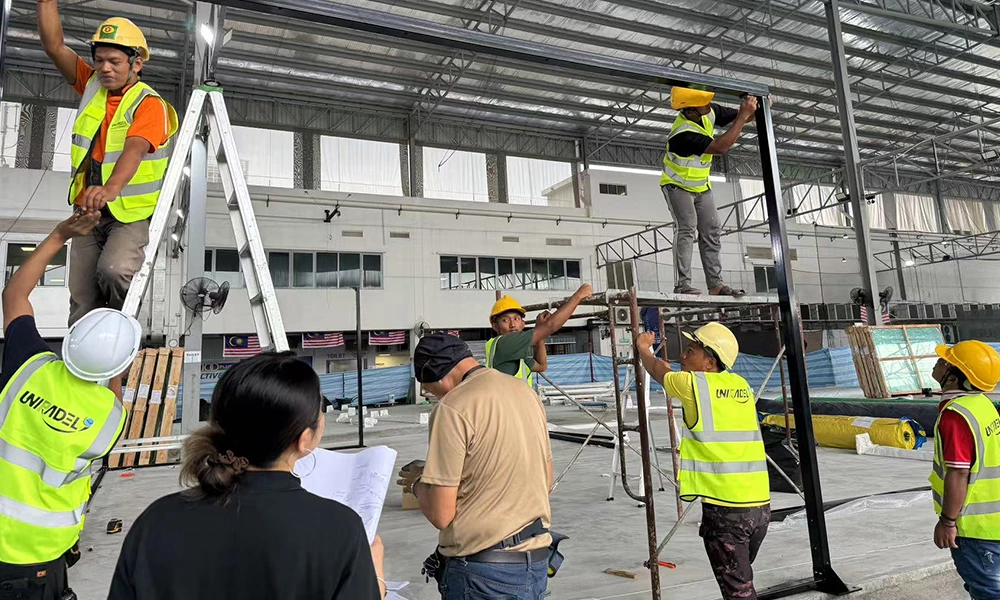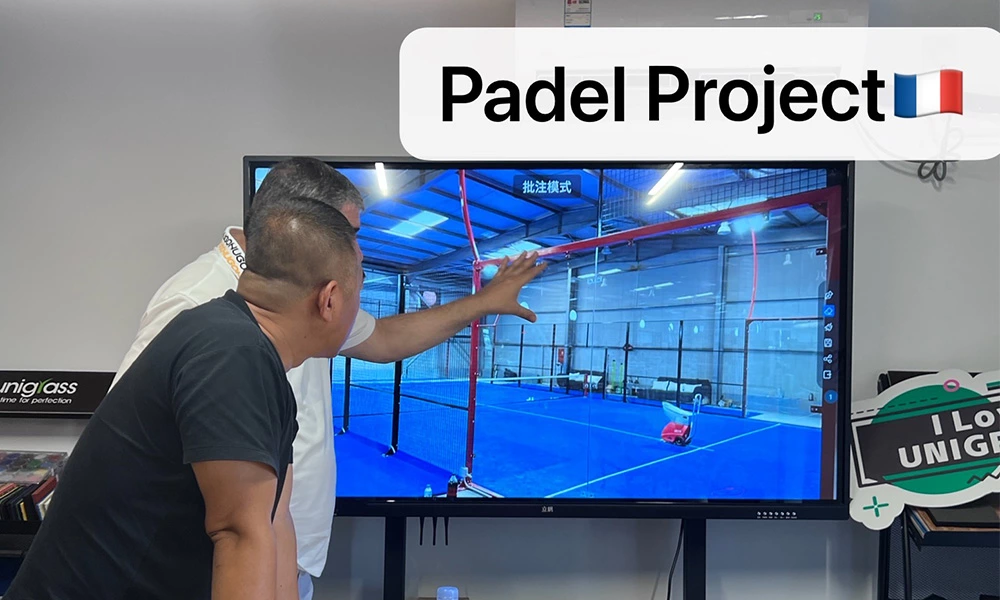Build Your Own Padel Court: A Complete Guide
Padel is a rapidly growing ball game that combines elements of tennis and squash and is suitable for players of all ages. If you are a sports enthusiast or want to create a diversified commercial entertainment facility, building your own padel court is undoubtedly an attractive option. Here is a step-by-step guide to help you successfully build your own padel court.

Planning the court dimensions
The standard padel court dimensions are 20 meters long × 10 meters wide. Before starting work, the court boundaries need to be accurately marked to ensure that they meet international competition standards. The layout of the court is the basis for subsequent construction and equipment installation, so this stage must be accurate.
Ground preparation
A good foundation guarantees the service life of the court. The ground should be leveled and a reasonable drainage system should be designed to prevent water accumulation and foundation settlement. It is usually recommended to use a reinforced concrete foundation with a thickness of about 12-15 cm and a horizontal error of ±3 mm.
Fence installation
A solid fence is required around the padel court to prevent balls from flying out of the court and ensure safety. Fences should be made of galvanized steel structures or weather-resistant metal mesh, with a height of no less than 3 meters. Some courts also have a top mesh cover installed overhead, suitable for indoor or enclosed venues.
Court wall structure
Rebound walls need to be installed on three sides of the court. Common materials include high-strength tempered glass and metal mesh walls. Glass walls (usually 10-12 mm thick) provide clear visibility and better viewing experience, while metal mesh is more durable and suitable for outdoor or frequently used venues.
Floor system configuration
The floor of the padel court is a key factor in determining sports performance and player safety. The following are two mainstream options:
Infilled artificial turf: It uses high-density grass fibers and quartz sand to provide stable ball bounce and anti-slip performance.
Non-infilled artificial turf: It is easier to maintain and is suitable for indoor courts or high-end commercial venues.
High-quality turf should be wear-resistant, UV-resistant and well-drained. The recommended grass height is in the range of 10-15mm to ensure comfortable foot feel and rebound.
Lighting system design
An excellent lighting system is the guarantee for night games. It is recommended to use LED floodlights, which have the characteristics of low energy consumption, long life and uniform lighting. Generally, each court needs to be equipped with 4 to 8 lamps, and the height of the lamp pole should be 6 meters or more to ensure that there is no dead angle lighting.
Padel court design suggestions
An excellent padel court is inseparable from a reasonable and beautiful overall design. It is recommended to consider the following dimensions when designing:
Color matching: Common combinations such as blue lawn + black structure, navy blue + gray frame can enhance visual beauty.
Type of court: panoramic court, super panoramic court, electric roof court, etc., choose according to the venue budget and usage requirements.
Brand customization: The club LOGO can be printed on the glass wall or the ground to enhance brand recognition.
Additional functions: accessories such as court awnings, ball launchers, protective covers, etc., to enhance user experience.

Maintenance suggestions
Regular maintenance can significantly extend the service life of the court. Includes:
Clean up the turf debris to prevent sand loss;
Check whether the glass and fence are firmly connected;
Clean and regularly check the lamps to prevent light decay.
It is recommended to conduct a comprehensive inspection every quarter, and arrange professional cleaning or turf sanding according to the frequency of use.
Promote your court
After the court is built, it can be promoted through multiple channels:
Post promotional videos and discount information on social media;
Cooperate with local gyms, schools or sports clubs;
Hold Padel Experience Day or teaching courses to attract beginners.
Good publicity can not only increase the popularity of the court, but also promote the development of regional Padel culture.
Start the Padel Journey
Building a Padel court is a worthwhile project that not only brings you sports fun, but also brings considerable profits as a commercial venue. Whether it is a private villa, sports club, resort or community park, as long as the planning is reasonable and the construction is meticulous, it can create a high-quality and popular Padel sports venue. Now, start your Padel court journey!




